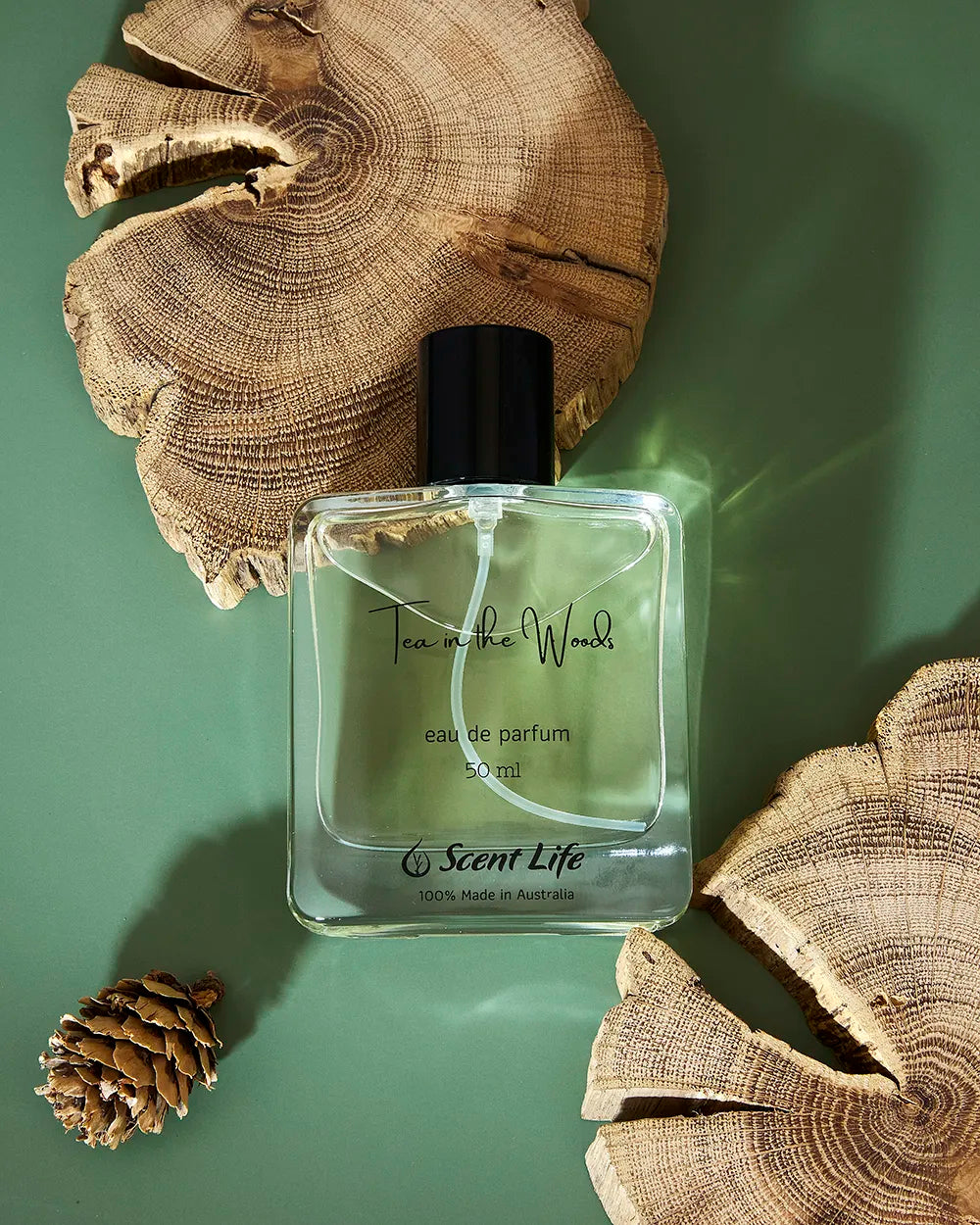Perfumes have been an essential part of human culture for centuries. They evoke memories, enhance moods, and are integral to personal style. However, the vast array of perfume types can be overwhelming. This comprehensive guide will explore the differences between various types of perfumes, their composition, and how to choose the right one for you.
Understanding Perfume Concentrations
Perfumes are categorized based on their concentration of aromatic compounds. This concentration affects the fragrance's intensity and longevity. The main categories are:
-
Parfum (Extrait de Parfum): This is the most concentrated form of fragrance, containing 20-30% aromatic compounds. Parfum is known for its longevity, often lasting up to 24 hours. It is usually the most expensive due to its high concentration and the quality of ingredients used.
-
Eau de Parfum (EDP): With a concentration of 15-20%, Eau de Parfum is slightly less intense than Parfum but still offers long-lasting scent, typically lasting around 6-8 hours. It balances strength and affordability, making it a popular choice for daily wear.
-
Eau de Toilette (EDT): Containing 5-15% aromatic compounds, Eau de Toilette is lighter and more refreshing than Eau de Parfum. It usually lasts 3-4 hours and is ideal for casual, daytime use. EDTs are generally more affordable and available in a wide variety of scents.
-
Eau de Cologne (EDC): This type has a concentration of 2-5%, making it one of the lightest and least expensive options. Eau de Cologne typically lasts about 2 hours and is often used for its refreshing qualities. It is popular among younger audiences and for summer wear.
-
Eau Fraiche: Similar to Eau de Cologne, Eau Fraiche has a very low concentration of aromatic compounds (1-3%). However, it differs in that it contains less alcohol and more water, making it a gentle option suitable for sensitive skin. It provides a subtle, short-lasting fragrance.

Perfume Notes: The Building Blocks of Scent
Perfumes are composed of various notes, which unfold over time. These notes are categorized into three layers:
-
Top Notes: Also known as head notes, these are the initial scents you smell upon application. They are usually light, refreshing, and evaporate quickly. Common top notes include citrus, light fruits, and herbs.
-
Middle Notes: Also called heart notes, these emerge after the top notes dissipate. Middle notes form the core of the fragrance, lasting longer and defining the scent’s character. Floral, spicy, and fruity scents are often used as middle notes.
-
Base Notes: These are the final, lingering scents that appear once the top and middle notes fade. Base notes provide depth and longevity to the fragrance. Common base notes include woods, musks, and resins.
Types of Perfume Based on Fragrance Families
Perfumes are often categorized into fragrance families based on their dominant scent characteristics. Here are the main fragrance families:
-
Floral: This family is the largest and most popular, characterized by the scent of fresh flowers. It includes subcategories like single floral (soliflore), which features one dominant floral note, and floral bouquet, which combines multiple floral scents. Common flowers used in these perfumes include rose, jasmine, lily, and violet.
-
Oriental: Oriental fragrances are warm, exotic, and often opulent. They typically include rich notes like spices, vanilla, and resins. Subcategories include soft oriental, with a blend of floral and spicy notes, and woody oriental, combining warm woods and spices.
-
Woody: This family is characterized by earthy and forest-like scents. Common notes include sandalwood, cedar, and vetiver. Woody perfumes often have a warm, dry scent and are popular in both men's and women's fragrances. Subcategories include woody oriental and mossy woods, which feature earthy notes like oakmoss and amber.
-
Fresh: Fresh fragrances are light, clean, and invigorating. They include subcategories like citrus, with bright, zesty notes like lemon and bergamot, and green, featuring scents reminiscent of fresh-cut grass or leaves. Aquatic or oceanic scents, which evoke the smell of sea air, also fall under this category.
-
Fruity: Fruity fragrances highlight the sweet and juicy scents of fruits. They often feature notes like apple, peach, berries, and tropical fruits. These perfumes are typically playful and vibrant, suitable for casual, everyday wear.
-
Gourmand: Gourmand fragrances are inspired by edible scents, often featuring notes like vanilla, chocolate, caramel, and coffee. These perfumes evoke a sense of indulgence and are often sweet and rich.
Choosing the Right Perfume
Selecting the perfect perfume involves understanding your preferences and considering factors like occasion, season, and personal style. Here are some tips to help you choose the right fragrance:
-
Consider the Occasion: Different perfumes are suited to different occasions. Light, fresh scents are ideal for daytime and casual settings, while richer, more intense fragrances are better for evening and formal events.
-
Seasonal Scents: Some fragrances are better suited to certain seasons. Fresh, citrusy scents are perfect for summer, while warm, spicy, and woody notes are ideal for winter. Floral and fruity scents can be versatile year-round, but may vary in intensity depending on the season.
-
Personal Style: Your fragrance should reflect your personal style and personality. If you prefer a classic, elegant look, consider a timeless floral or oriental scent. For a more modern, edgy style, try a unique gourmand or fresh fragrance.
-
Skin Chemistry: Perfumes can smell different on different people due to variations in skin chemistry. Always test a perfume on your skin before purchasing to ensure it complements your natural scent. Apply it to your pulse points (wrists, neck, and behind the ears) and let it develop over a few hours to experience its full evolution.
-
Test Before Buying: When exploring new fragrances, don't rush the process. Visit a store and sample a few perfumes, but avoid testing too many at once, as your nose can become overwhelmed. Take samples home if possible, and wear them over a few days to see how they interact with your skin and lifestyle.

Popular Perfume Brands and Their Signature Scents
Understanding the signature styles of popular perfume brands can also help guide your selection. Here are a few renowned brands and their iconic fragrances:
-
Chanel: Known for timeless elegance, Chanel offers classic fragrances like Chanel No. 5, a sophisticated floral-aldehyde scent, and Coco Mademoiselle, a modern, fresh oriental.
-
Dior: Dior's perfumes are synonymous with luxury and refinement. J'adore is a popular floral fragrance, while Sauvage is a fresh, spicy scent for men.
-
Gucci: Gucci's fragrances often feature bold, unique compositions. Gucci Bloom is a rich, white floral scent, and Gucci Guilty is a provocative, oriental fragrance.
-
Tom Ford: Tom Ford's perfumes are known for their opulence and complexity. Black Orchid is a luxurious, oriental fragrance, and Neroli Portofino is a fresh, citrusy scent.
-
Jo Malone: Jo Malone specializes in versatile, elegant fragrances that can be layered. Lime Basil & Mandarin is a fresh, citrusy scent, while Peony & Blush Suede is a delicate, floral fragrance.
Caring for Your Perfume
Proper care and storage can extend the life of your perfume and maintain its quality. Here are some tips for caring for your fragrance collection:
-
Store in a Cool, Dark Place: Heat, light, and humidity can degrade perfumes, altering their scent. Keep your fragrances in a cool, dark place, away from direct sunlight and extreme temperatures.
-
Keep Bottles Sealed: Exposure to air can cause perfumes to oxidize, changing their scent. Always keep the bottle tightly sealed when not in use.
-
Use Within a Few Years: While some high-quality perfumes can last for many years, most have a shelf life of about 3-5 years. To ensure you enjoy the fragrance at its best, use it within this timeframe.
-
Avoid Shaking: Shaking a perfume bottle can introduce air and break down the aromatic compounds. Handle your perfumes gently to preserve their quality.

Conclusion
Understanding the different types of perfumes, their compositions, and how to choose the right one can enhance your fragrance experience. Whether you prefer a light Eau de Cologne for everyday use or a luxurious Parfum for special occasions, there is a fragrance out there that perfectly suits your style and preferences. By exploring various fragrance families and testing different scents, you can discover the perfumes that resonate with you and create lasting impressions.
Choosing the right perfume is a personal journey, one that can evoke emotions and memories, and become an integral part of your identity. So take your time, explore, and enjoy the world of fragrances.


Share:
The Differences Between Eau de Parfum and Eau de Toilette